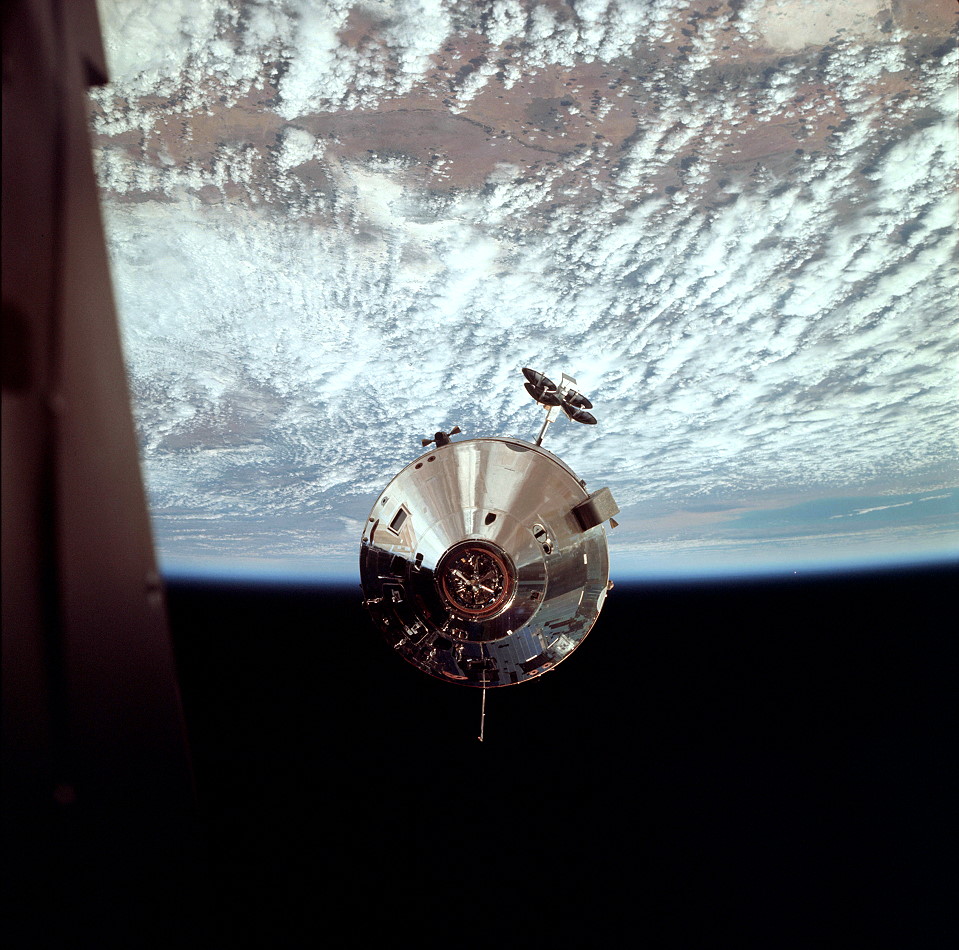
As NASA prepares a second time to “hot-fire” the Core Stage of the largest and most powerful rocket in the world—the Space Launch System (SLS)—we can look back with a touch of nostalgia this week on Apollo 9, one of the “unsung heroes” in America’s drive to plant boots on the surface of the Moon. Overshadowed by the historic circumlunar flight of Apollo 8, the Moon-circling voyage of Apollo 10 and Neil Armstrong and Buzz Aldrin’s triumphant footsteps on the Sea of Tranquility, Apollo 9 tends to get lost in the shadows.
But this complex mission, which rose from Earth atop a mighty Saturn V on 3 March 1969, truly paved the way for our species’ initial foray into the Universe around us, by testing the entire Apollo spacecraft in space for the first time. Apollo 9 rose no higher than low-Earth orbit during its ten days in space in March 1969, but without it the historic landing on the Moon could not have taken place.
By the dawn of 1969, the Apollo Command and Service Module (CSM) had been extensively trialed both in orbit around the Moon and around the Home Planet, but an “all-up” demonstration of the entire ship—including the spider-like Lunar Module (LM)—remained untried.
Apollo 9 would be a tough mission, involving two discrete manned spacwe vehicles, and for Command Module Pilot (CMP) Dave Scott it featured rendezvous, docking and an unspoken need to train for perhaps the most harrowing of eventualities. If Commander Jim McDivitt and Lunar Module Pilot (LMP) Rusty Schweickart were somehow unable to control the LM in free flight, Scott might be able to dock with them manually. But if not, the only option was to abandon them and return home alone.
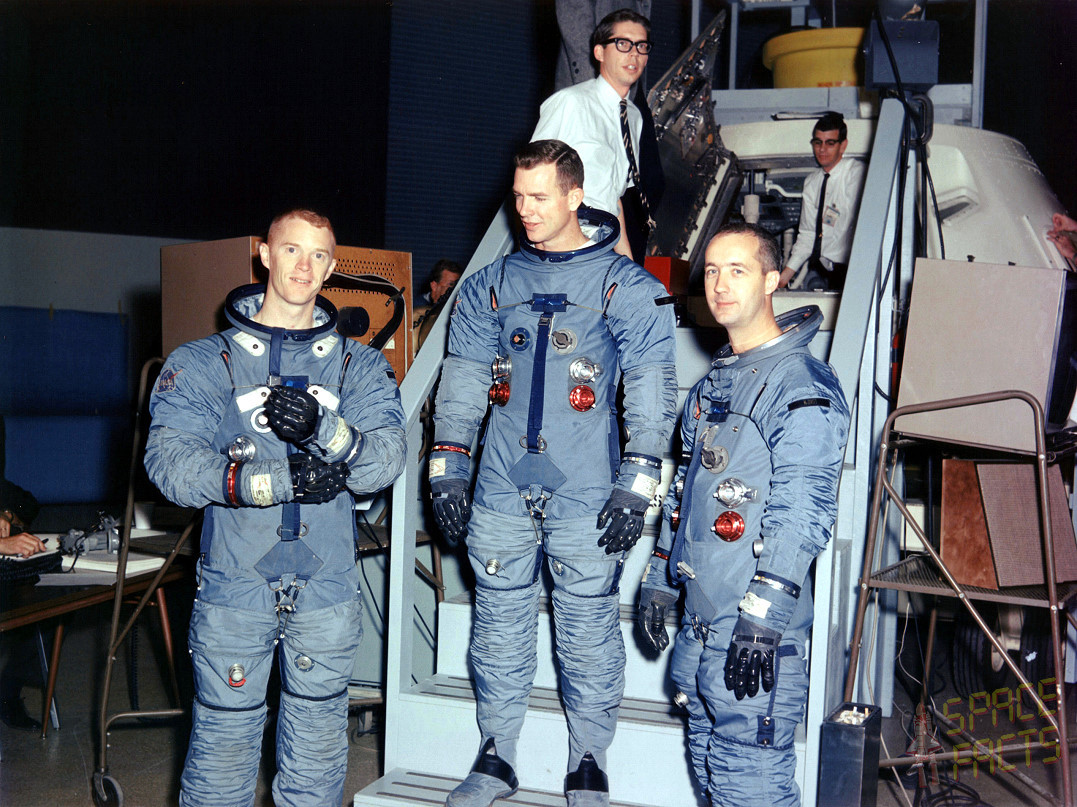
“Bringing Apollo home as a one-man show,” Scott wrote in his memoir, Two Sides of the Moon, “involved my mastering many aspects of all three jobs performed by the crew, Jim’s as commander, Rusty’s as systems engineer, my own as navigator. The sheer logistics of operating in all three positions, let alone learning the complex procedures this would require, was challenging, to say the least.”
During training, Scott had devised a routine in the simulator to handle this daunting role. First, he would check Apollo’s electrical, communications and environmental systems from Schweickart’s seat, then would move to the center couch to fulfil his own duties of setting up the relevant programs on the computer, before finally moving into McDivitt’s couch to perform the re-entry maneuver itself. “It was pretty exacting,” he wrote. Yet it was a dire eventuality for which all Apollo CMPs would have to be prepared.
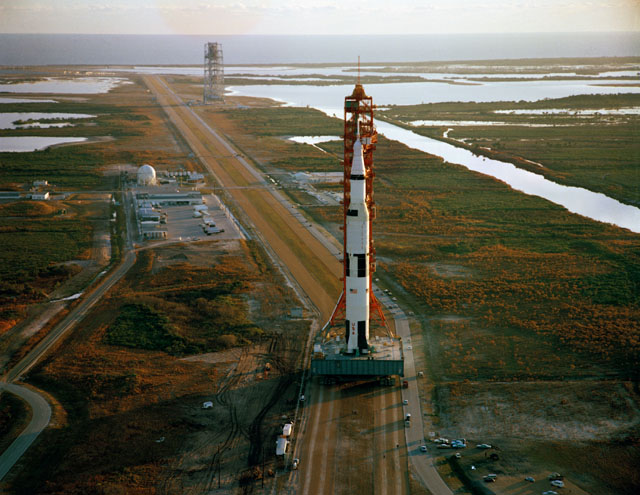
Equally exacting was the possibility that Scott might have to rescue McDivitt and Schweickart if the LM developed problems. For example, if it was unable to initiate its correct rendezvous maneuver within a minute of when it was planned, he would need to rescue them.
If the two craft successfully redocked, but the pressurized tunnel was inaccessible, or if the hatches failed to open, McDivitt and Schweickart would need to leave the LM in their suits and perform an Extravehicular Activity (EVA) to maneuver themselves back over to the command module’s side hatch.
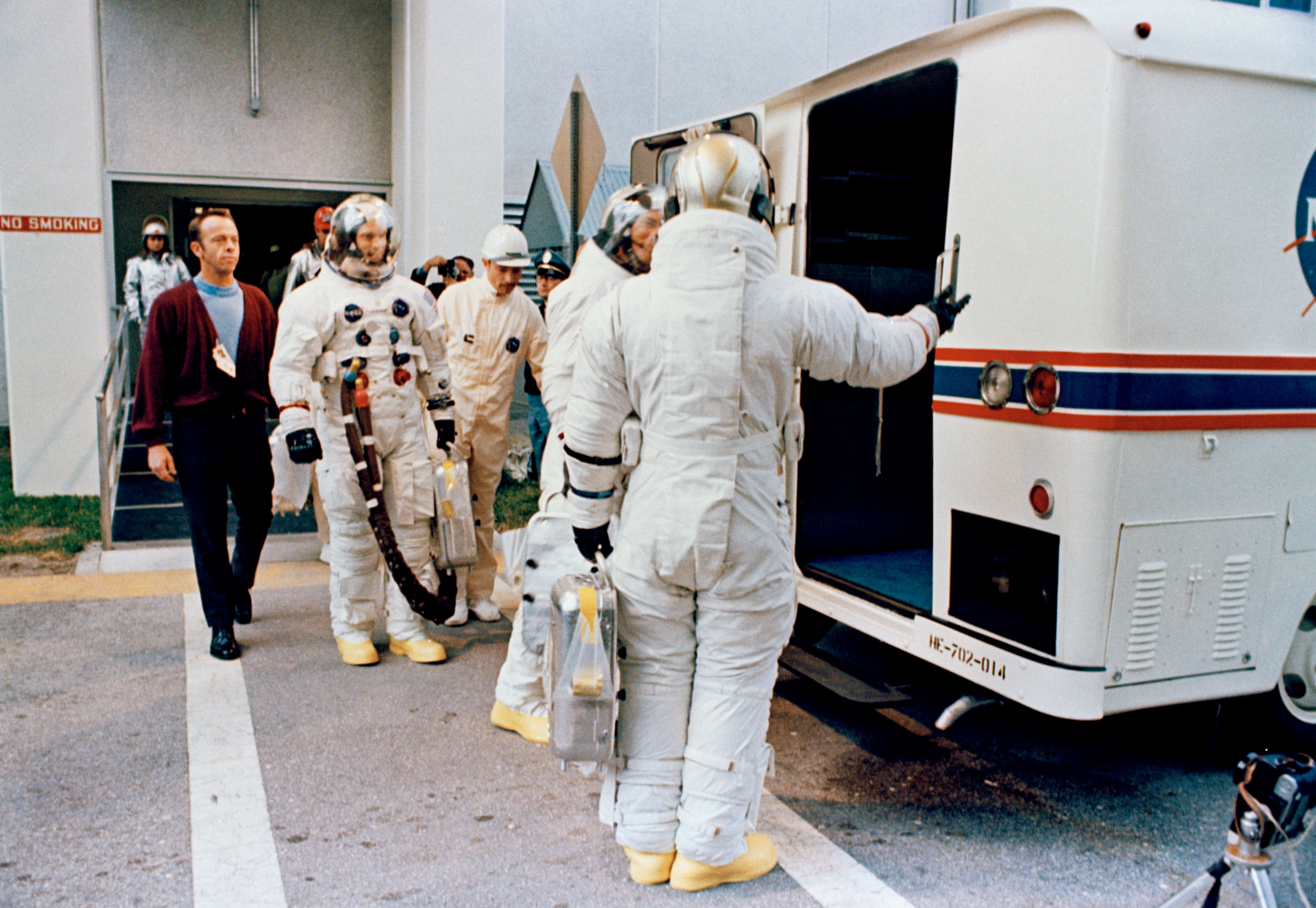
And this was hampered by the fact that McDivitt (who was not scheduled to make an EVA) would have been totally reliant upon Schweickart’s emergency oxygen supply. “If he didn’t make the EVA transfer within 45 minutes,” Scott wrote, darkly, “he would die.”
For months, the astronauts and their backups, Charles “Pete” Conrad, Dick Gordon and Al Bean, methodically rehearsed the complicated steps. “Our launch was almost postponed,” added Scott, “because we could not get enough training, especially for the rendezvous profile. After every sim was finished, we were debriefed and often had to explain why we had failed to deal with a particular situation. It was all pretty intense.”
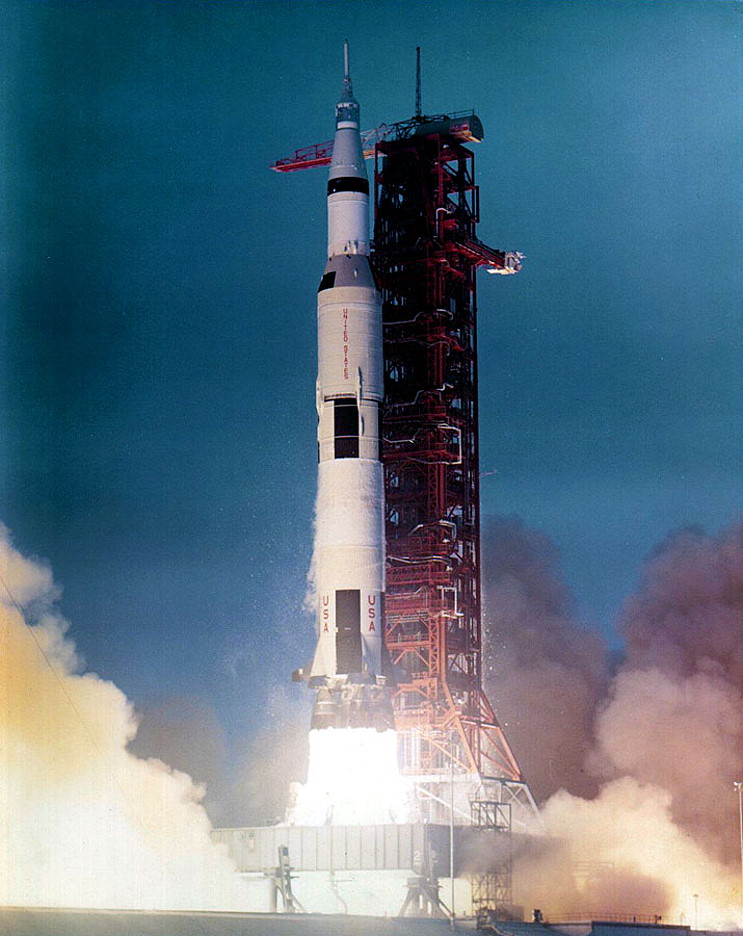
Apollo 9 was indeed postponed, but not through lack of training. Originally set to fly on 28 February 1969, the crew arrived at Cape Kennedy three weeks prior to launch to finish their training and quarantine. But in the final days, McDivitt’s white blood-cell count was found to be low, hinting that he might be coming down with a cold.
By this time, the giant Saturn V booster had been sitting on swamp-fringed Pad 39A for almost two months and its 28-hour launch countdown had begun. Thirty minutes into a planned three-hour hold at T-16 hours, managers decided to recycle the clock to T-42 hours and give McDivitt time to recover his strength. Indeed, in his autobiography, Director of Flight Crew Operations Deke Slayton related that “all three of the crew came down with colds”, a suggestion which Scott and Schweickart attempted to dismiss by donning jogging clothes and running around the perimeter of the launch complex.
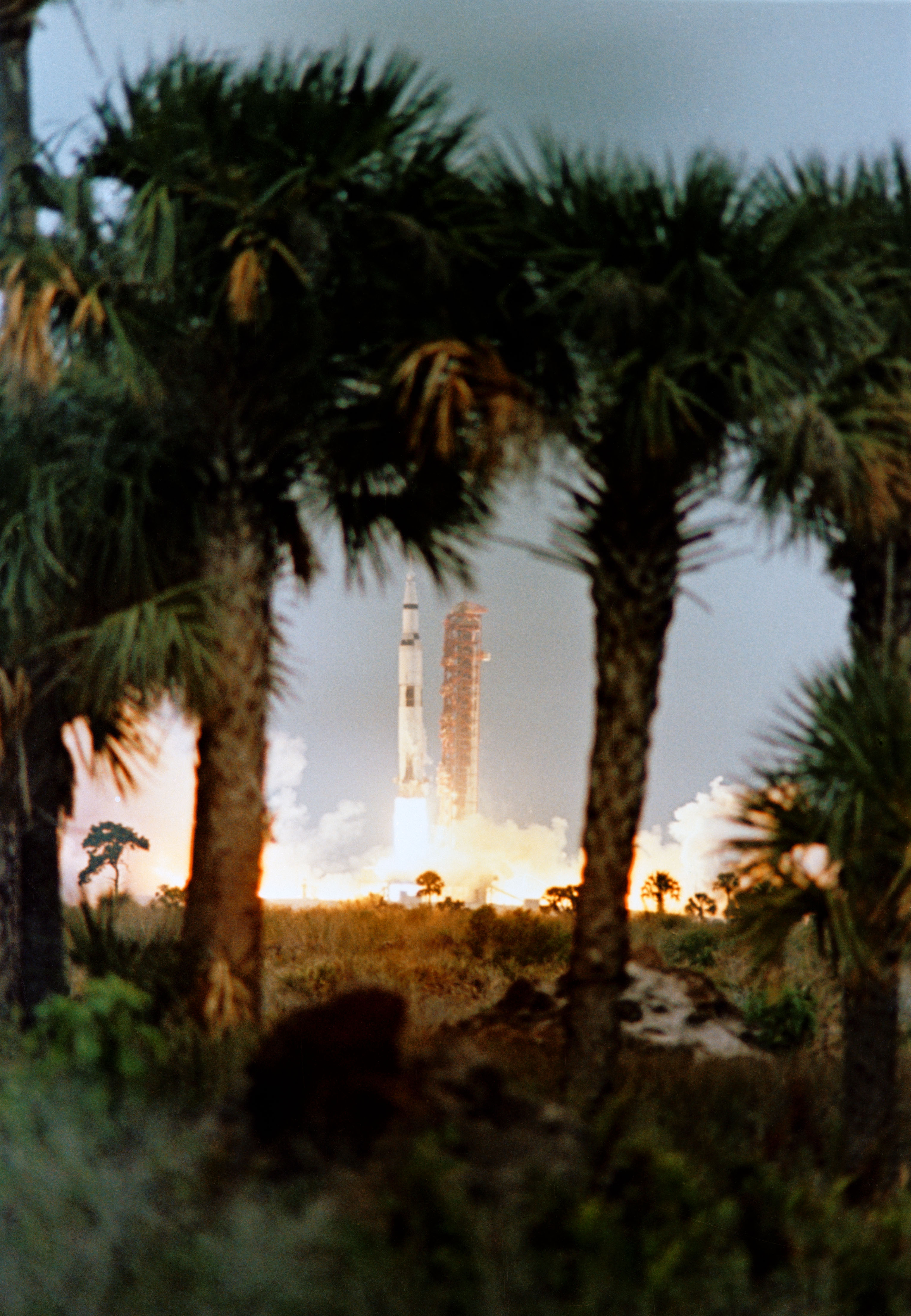
Other media outlets quoted medical reports from the astronauts’ physician, Dr. Chuck Berry, which mentioned “sore throats and nose congestion”. Whatever the case, it illustrated that crews were being worked hard and were increasingly susceptible to “opportunistic infections”.
The brief postponement did not detract from what promised to be a spectacular, though challenging, year for NASA. Up to five Apollo missions were planned, each one building on—and dependent on—the success of its predecessor. If Apollo 9 succeeded, the stage would be set for Apollo 10 astronauts Tom Stafford, John Young and Gene Cernan to perform a full dress rehearsal in orbit around the Moon in May. And only if Apollo 10 validated the performance of the LM in lunar orbit could Apollo 11 stand any chance of touching down on alien soil in July.
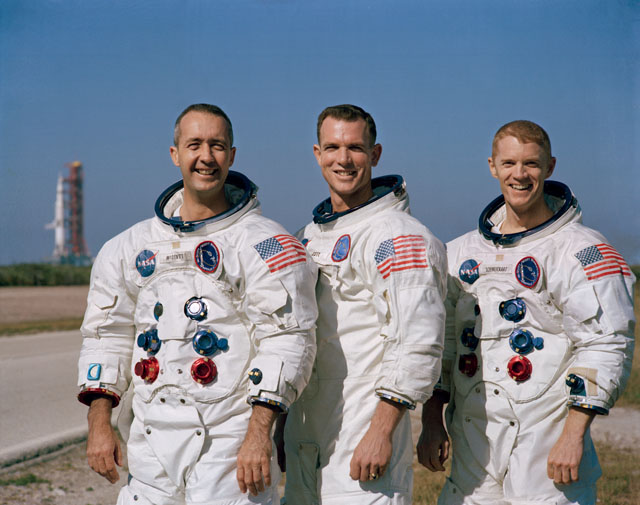
Eventually, in the early hours of 3 March, all was ready. “Big day finally came,” Schweickart later told the NASA oral historian. “During the countdown—people don’t understand it—but you doze off during the countdown. You’re laying there, got up early anyway, somebody’s talking to somebody else, and you’re just laying there with the soft whoosh of the air and the suit coming over you. So you doze off, y’know, and people think you’re crazy. How can you sleep when you’re about to be thrown into space?”
The final preparations before liftoff were nominal, apart from one thing. All three men were keenly aware of the need to get out of the spacecraft in the event of an emergency situation on the pad prior to launch. “Your life could depend upon getting out that spacecraft hatch, which means you’ve got a lot of things to throw, switches and pump the handle and you’ve got a lot of things that you’ve got to do real fast if that happens,” continued Schweickart. Fully outfitted in bulky pressure suits, and with their shoulder harnesses having been tightened by Pad Leader Guenter Wendt, the three astronauts’ freedom of movement inside the spacecraft was significantly impaired.

“As soon as the hatch got closed and Guenter stopped looking through the window, Dave and I loosened up our shoulder harnesses a little bit,” he said. “Not a lot, but we loosened them a little, so that we could move around a little more easily and also give us a little more flexibility in case we had to get out of there.”
Precisely on the stroke of 11:00 a.m. EST, the five mighty F-1 engines in the Saturn V’s S-IC first stage roared to life, with a combined thrust of over 7.5 million pounds (3.4 million kg), to push them towards low-Earth orbit. McDivitt, Scott and Schweickart’s ride was virtually trouble-free, although the experience was truly unforgettable. For Scott, it was like being compressed and released atop a giant spring, as the forces and vibrations alternately threw them against their restraining straps, then smashed them back into their seats.
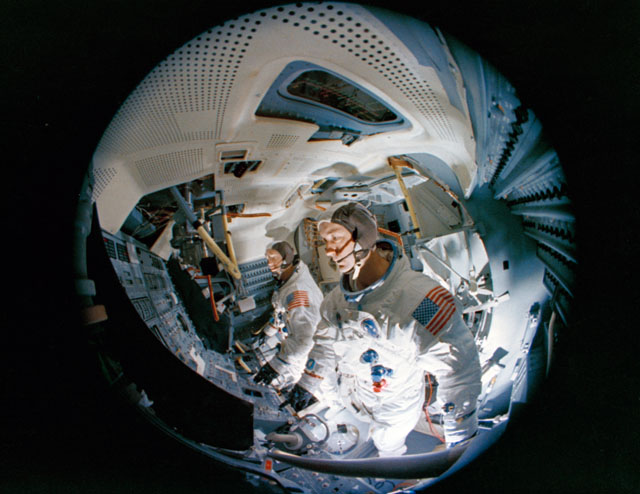
When the time came for the first stage to cut off and the five J-2 engines of the rocket’s S-II second stage took over, Scott and Schweickart expressed measure of relief that they had not loosened their harnesses too much.
“When the first stage cuts off, it cuts off very sharply,” said Schweickart. “When the engines cut off like that, and that compression on the launch vehicle suddenly stops, it expands. Of course, when it expands, the front end goes forward.” The result was a sensation for McDivitt, Scott and Schweickart that they were being flung, headlong, into the instrument panel in front of them. And with their shoulder harnesses slightly loosened, Scott and Schweickart found their helmets stopped barely an inch from impacting the instrument panel.
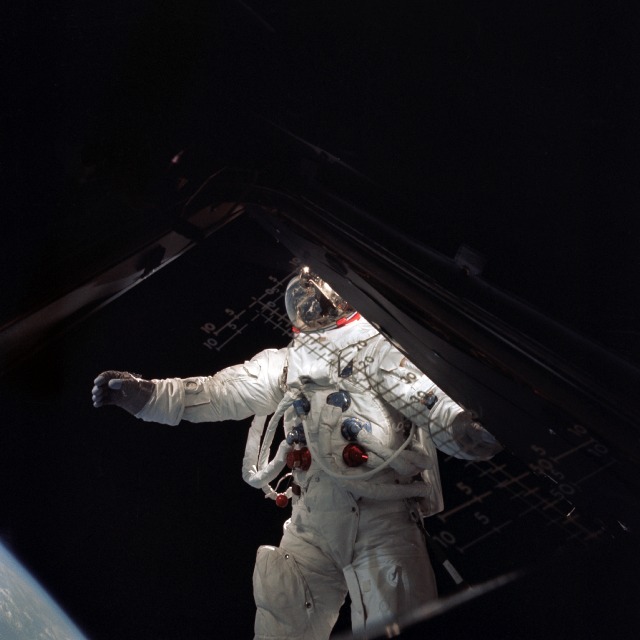
“Whew,” one of them breathed. “We’d better tell the next guys not to do that!”
Apollo 9’s climb to orbit had been entirely nominal and the Saturn V, on only its second outing with humans aboard, behaved beautifully. It was the start of an ambitious mission which cleared a major milestone to reaching the Moon later in 1969. Indeed, so successful was Apollo 9 that some mutterings abounded that Apollo 10 might be retasked with a landing, rather than a dress rehearsal in lunar orbit. This was both unwise and imprudent, but underscored the prevalent sense of “Go Fever” at the time.
“Whatever the decision,” wrote Time later in March, “there is now more confidence than ever that U.S. astronauts will be walking on the surface of the Moon this summer.”
Never were truer words written.
FOLLOW AmericaSpace on Facebook and Twitter!
Missions » Apollo »



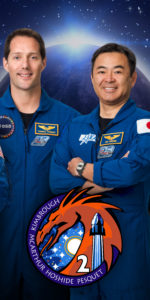
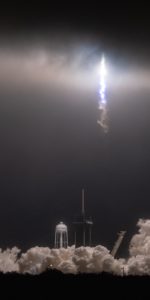
3 Comments
3 Pings & Trackbacks
Pingback:Man Must Explore: Remembering Apollo 15, Five Decades On
Pingback:Crew Medical Issue Delays Spacewalk to Prepare for New Solar Arrays « AmericaSpace
Pingback:Crew Medical Issue Delays Spacewalk to Prepare for New Solar Arrays